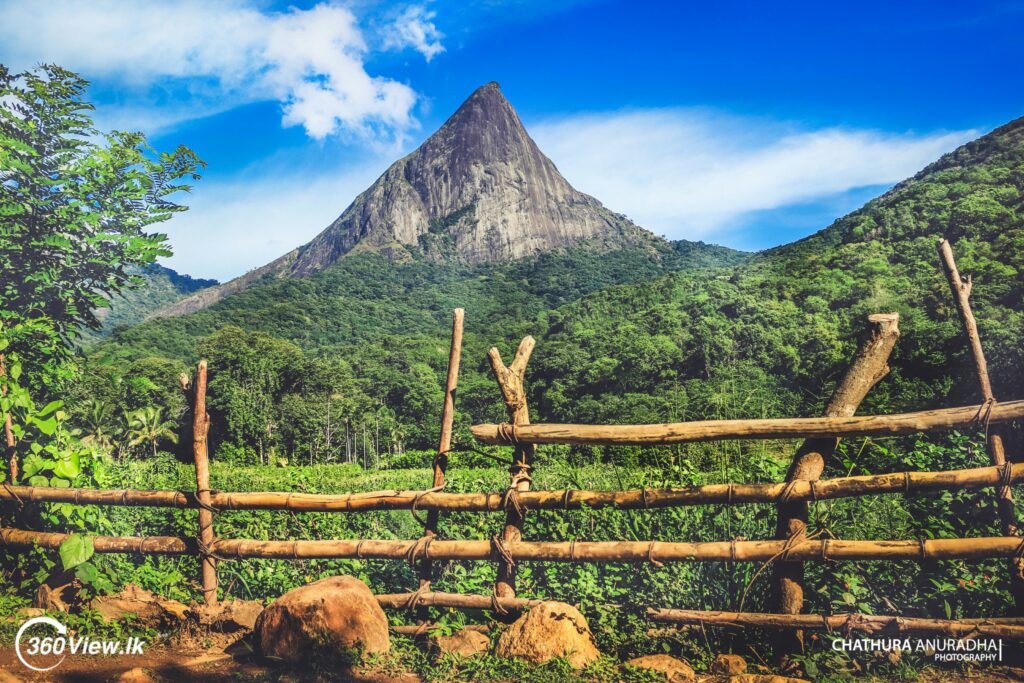ACTIVITIES
- Home
- Activities
Yaala , Sri Lnaka
Yala National Park, the second largest and most visited in Sri Lanka, lies along the Indian Ocean, encompassing five blocks with three open to the public. Situated in the Southern and Uva Provinces, it spans 979 square kilometers and is renowned for its conservation efforts, particularly for Sri Lankan elephants, leopards, and aquatic birds. The park boasts diverse ecosystems from monsoon forests to wetlands, designated as one of Sri Lanka's 70 Important Bird Areas with 215 bird species, including six endemics. It supports 44 mammal species, with one of the highest leopard densities globally.
Culturally rich, Yala hosts ancient Buddhist sites like Sithulpahuwa and Magul Vihara, with evidence of past civilizations dating back to the 5th century BCE. Despite challenges such as the 2004 tsunami and historical security issues, tourism has thrived since peace was established in 2009, contributing significantly to the park's revenue and visitor numbers. Block I remains the primary attraction, while Block III and Kumana Park ('Yala East') gain popularity. Operating hours for wildlife viewing are from 5:30 am to 6:30 pm, with the park historically closing from September to October due to droughts, though recent strategies for managing water scarcity remain uncertain.
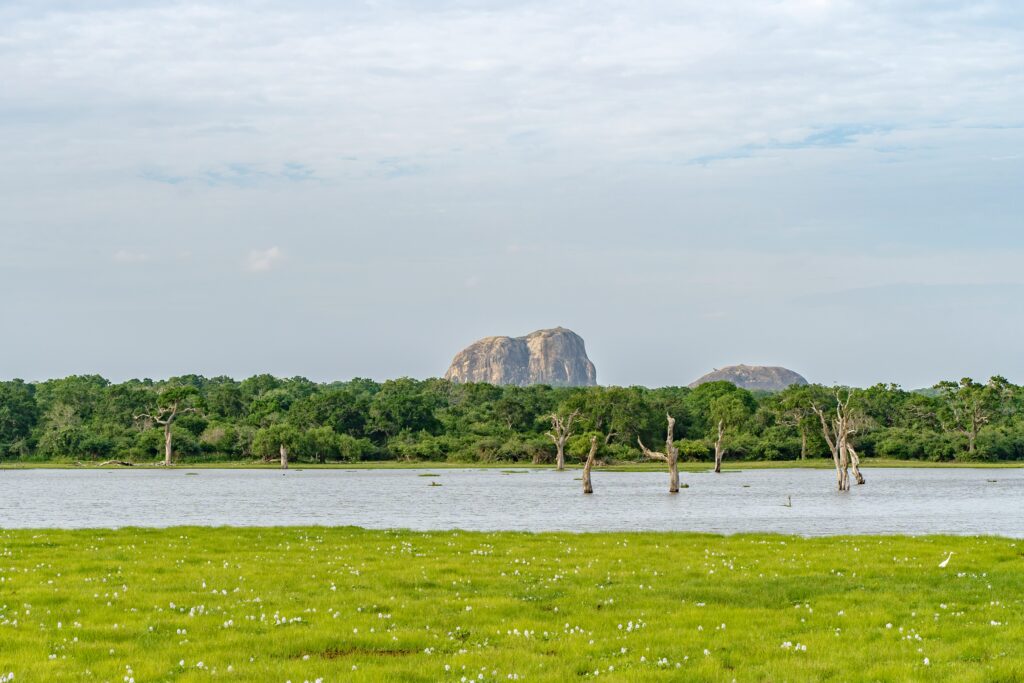
Katharagama
The Kataragama temple complex in Sri Lanka venerates both the Buddhist guardian deity Kataragama deviyo and the Hindu War God Murugan, drawing Buddhists, Hindus, Muslims, and the Vedda people. Once secluded in dense jungle, it's now accessible by an all-weather road, transforming it into a hub of pilgrimage. Originally favored by Tamil Hindus, the site's popularity surged among Sinhalese Buddhists in the latter 20th century, blending diverse traditions into its rituals.
Managed by Buddhist clergy, the complex includes Hindu shrines dedicated to Teyvāṉai and Shiva, alongside a nearby mosque, reflecting its multicultural significance. The temple's Kapuralas, priests believed to descend from the Vedda community, underscore its indigenous roots. Legends and archaeological evidence trace Kataragama's origins to antiquity, with structures like the Kiri Vehera dating back to the 1st century BCE, linking it to the ancient kingdom of Ruhuna.
Revived in the medieval era by Kalyanagiri Swamy, who interpreted Skanda Purana myths, the shrine gained prominence among Indian and Sri Lankan Hindus, as well as Sinhala Buddhists and later, Indian laborers under British rule. Designated a holy site in the 1950s, Kataragama receives government support for preservation, embodying Sri Lanka's cultural diversity and serving as a unifying symbol amidst religious plurality.
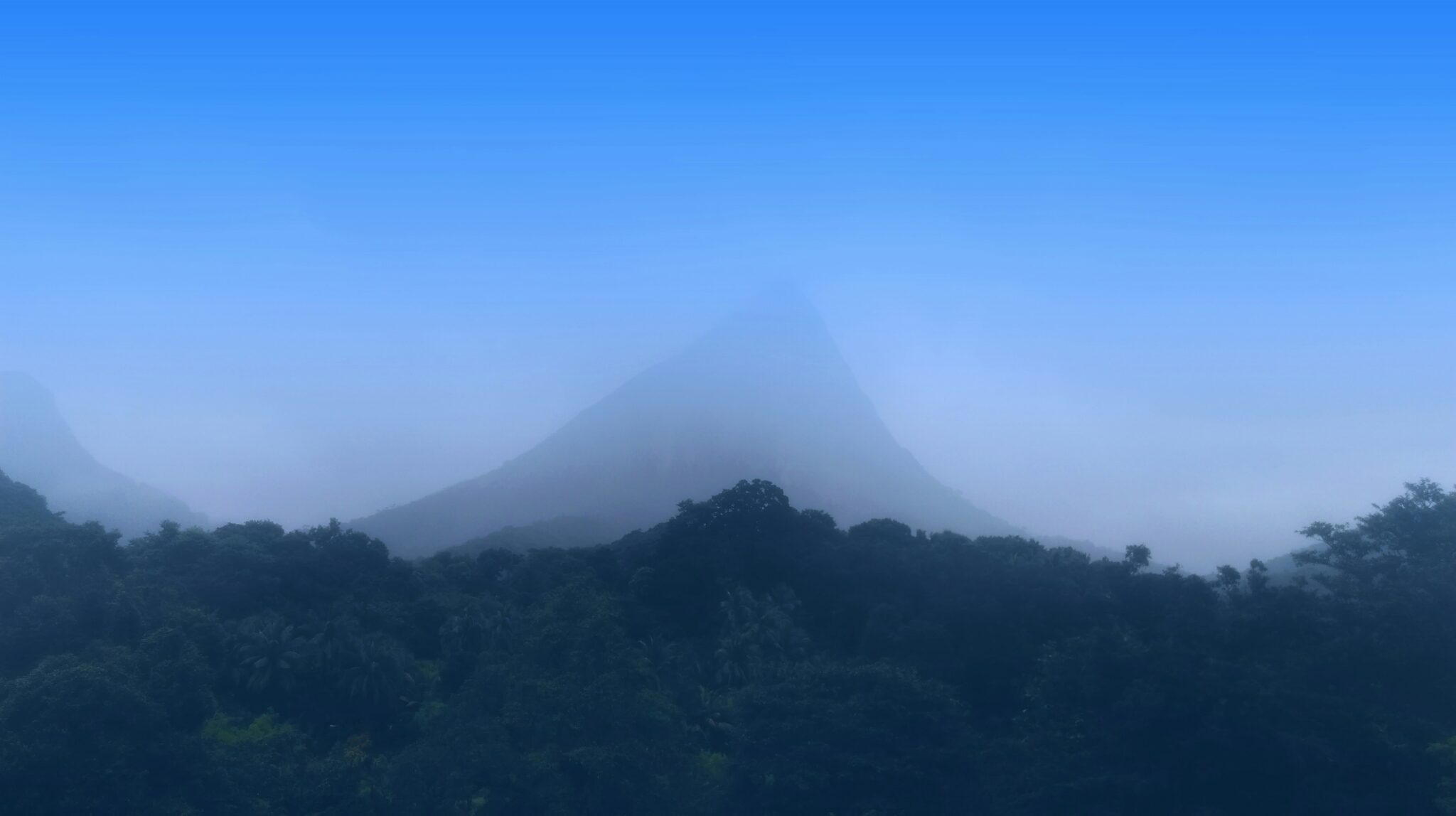
Dambana Sri Lanka
Dambana, located in the Badulla District of Sri Lanka's Uva Province near Mahiyangana, serves as a sanctuary for the indigenous Vedda people and their endangered Vedda language. Home to approximately 1,000 individuals from Vedda families, Dambana is renowned for its eco-tourism initiatives managed by Eco Team.
The Veddas, known as Sri Lanka’s Aborigines or "people of the forest," have a history predating the arrival of Prince Vijaya in the 5th century BC and the emergence of the Sinhala ethnicity. Archaeological evidence suggests their Neolithic ancestors inhabited the island as early as 10,000 BC, ranging from the Great Plains of the north-central region to the central mountains. Today, they are primarily confined to Dambana near the Maduru Oya Sanctuary.
Maintaining a traditional lifestyle akin to their Stone Age predecessors, the Veddas are hunter-gatherers skilled in hunting, fishing, and collecting honey. They speak an ancient dialect of Sinhala and sustain themselves through legal hunting within designated areas, trading honey for tools and cloth.
Visiting Dambana offers a unique opportunity to observe the Veddas in their natural environment. They proudly demonstrate their way of life, adorned with axes and bows, showcasing a culture seemingly unchanged since ancient times. Dambana remains a significant cultural site and a testament to the resilience and heritage of Sri Lanka's indigenous Vedda community.
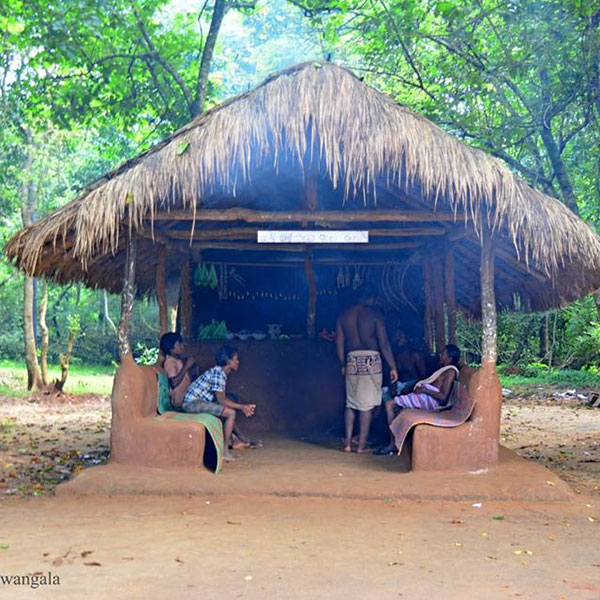
Madolsima
Madulsima is a village situated in the Uva province of Sri Lanka.
Madulsima, nestled in Sri Lanka's Uva province, is a charming village renowned for its stunning mountain landscapes ideal for hiking and camping enthusiasts. At an elevation ranging from 700 to 1000 meters above sea level, Madulsima offers breathtaking views, often enveloped in mist that creates an ethereal experience akin to walking among the clouds. One of its most famous attractions is the Madulsima Mini World’s End, also known as Pitamaruwa Mini World’s End, situated within the Roeberry Estate. This spot attracts adventurers and nature lovers alike who relish hiking through its picturesque trails and camping above the clouds.
Kalugala, another prominent peak in the Madulsima mountain range, adds to the village's allure as a prime destination for outdoor activities. Accessible via the Passara – Madulsima – Metigahatenna Road from Passara town, Madulsima captivates visitors with its serene beauty and opportunities for exploration amidst pristine natural surroundings.
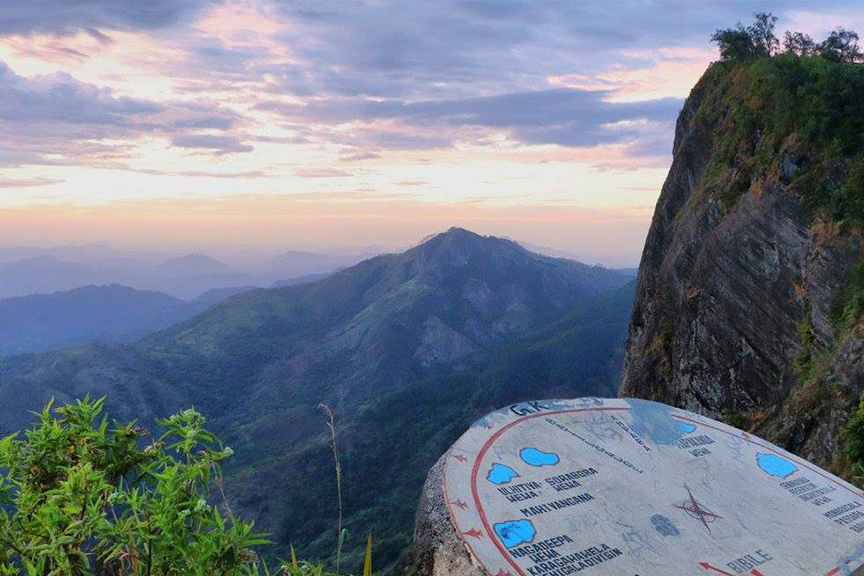
Meemure, Sri Lanka
Meemure, a secluded village nestled within the Knuckles Mountain Range on the border of Sri Lanka's Kandy and Matale Districts, is renowned as one of the country's most remote settlements. Home to approximately 420 residents, access to Meemure is limited to a challenging 14 km trail from Loolwatte, with no cellular service but availability of CDMA telephone connectivity. Mail service is indirect, requiring a daily trip to Thapal Junction for postal exchanges.
The village sustains itself through agriculture, cultivating staple crops like pepper, cardamom, paddy, and ginger. Meemure is about 175 km from Colombo, requiring a roughly 7-hour journey by off-road vehicle. The route passes through Kandy, continuing on the Kandy-Mahiyangana Road (A26) to Hunnasgiriya Junction, then onward to Loolwatte Village and finally Meemure. The nearest police station is at Udadumbara.
En route from Colombo, travelers encounter various points of interest, including the Hulu Ganga River, Victoria Reservoir, Dothalugala Forest and Botanical Garden, Mini World's End, Coberts Gap (Attala Mottuwa), and the legendary Lakegala Mountain, associated with the myth of King Ravana's flying machine, Dhadu Monara. This journey not only offers scenic beauty but also a glimpse into the rugged and historic landscapes of central Sri Lanka.
